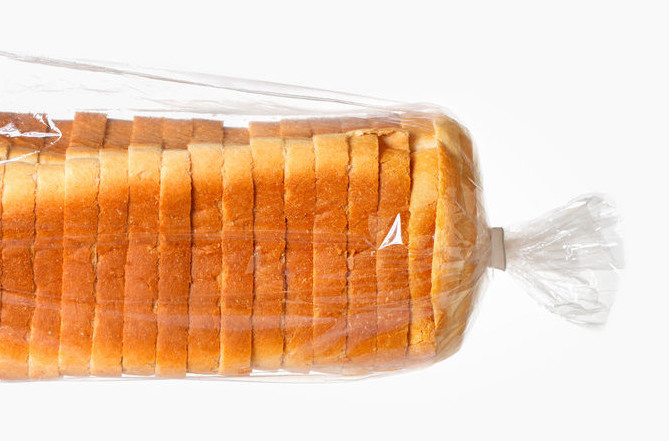
Bread
What is Bread?
Bread is a combination of flour and water that has been baked. Over the years, its production has become increasingly more complex with a multitude of additions ranging from fruit to nuts, and many different kinds of flours. Bread is a staple food in many countries, with cultural significance. With common sayings such as “the bread winner,” it has become one of the most important parts of the world’s diet.
The earliest evidence of bread is around 30,000 years ago, with technological advancements increasingly rapidly. About 10,000 years ago, the first leavened varieties appeared by people skimming off the foam of beer to add into dough. Then, sourdoughs were made by leaving a piece of dough out overnight, which would take on the naturally occurring yeast, enabling the bread to rise even more. It was brought into the modern era in 1961 with the production of mixers that could make large batches of bread without all of the manual labor. Removing the heavy reliance on manual labor made bread widely available, as well as cheap, making it one of the most common products in the world.
The process of making bread has five steps:
- Mixing – This is the combination of all of the ingredients, typically wheat flour, water, leavening, salt, and fat. The dough is allowed to mix until it is one product.
- Shaping – This is when artisan bakers, or machines, shape the dough into the desired shape and size.
- Proofing – Proofing allows the it to rise and develop the desired crumb structure.
- Scoring – Before baking, it must be cut so that the shape is not distorted as the bread expands in the oven
- Baking – Baking is the actual cooking of the bread. It is done in many types of ovens and varies greatly depending on type.
There are many types of breads including fruit, quick, rye, and any other addition a baker deems necessary. Typically, bread is 60-75% water by weight, depending on the desired consistency. Bread also usually has fat added at a level of 3% in order to soften the texture, and support the development of gluten. Lastly, salt is added to almost all formulas in order to enhance flavor and strengthen the development of gluten yielding a higher quality product for consumers.
Bread is used in many ways throughout the world and has varying nutritional values. Typically, it is a low protein and fat food that is high in carbohydrates. Whole grain breads have many natural vitamins and minerals in them, though most white breads are fortified with similar minerals. By law, calcium, iron, thiamin, and niacin are added to all brown and white flours in the United States. Many countries make some types using wheat and additions of their own native starchy plants, giving different flavors and nutritional values.

